The soap bubbles
Oil on board, 44.5 x 36.5 cm
With frame, cm 60 x 54
In this painting of a French school, with a leathery and playful tone, but mother approaches her son lovingly to blow a soap bubble. Numerous details of the painting refer to the panorama of French academic painting at the turn of the eighteenth and nineteenth centuries. The rich and opulent robes of the woman, as well as the pretty pink lace umbrella, recall the elaborate costumes of the participants in the country parties of Watteau while the still life on the right of the painting is linked to some models by Chardin and Fragonard. The iconography of the painting, which seems to be based on Le Bolle di sapone by LACMA in Los Angeles, also recalls Chardin’s pictorial activity. In Chardin’s painting, a young man blows a bubble out of a glass of soapy water. Its iridescent and translucent surface captured in sunlight.
The subject of the bubble breath, spread north of the Alps already in the seventeenth century, was a proponent of a moralizing message on the transience of life; however, the canvas of Chardin and the works that, in his oblivion, address the theme in these terms, They move the register from allegories to everyday life. Chardin’s interpretation of the bubble blow theme is often taken up by 19th century French artists, as it is also visible in the Boy blowing soap bubbles by Manet at the Calouste-Gulbenkian Museum in Lisbon.


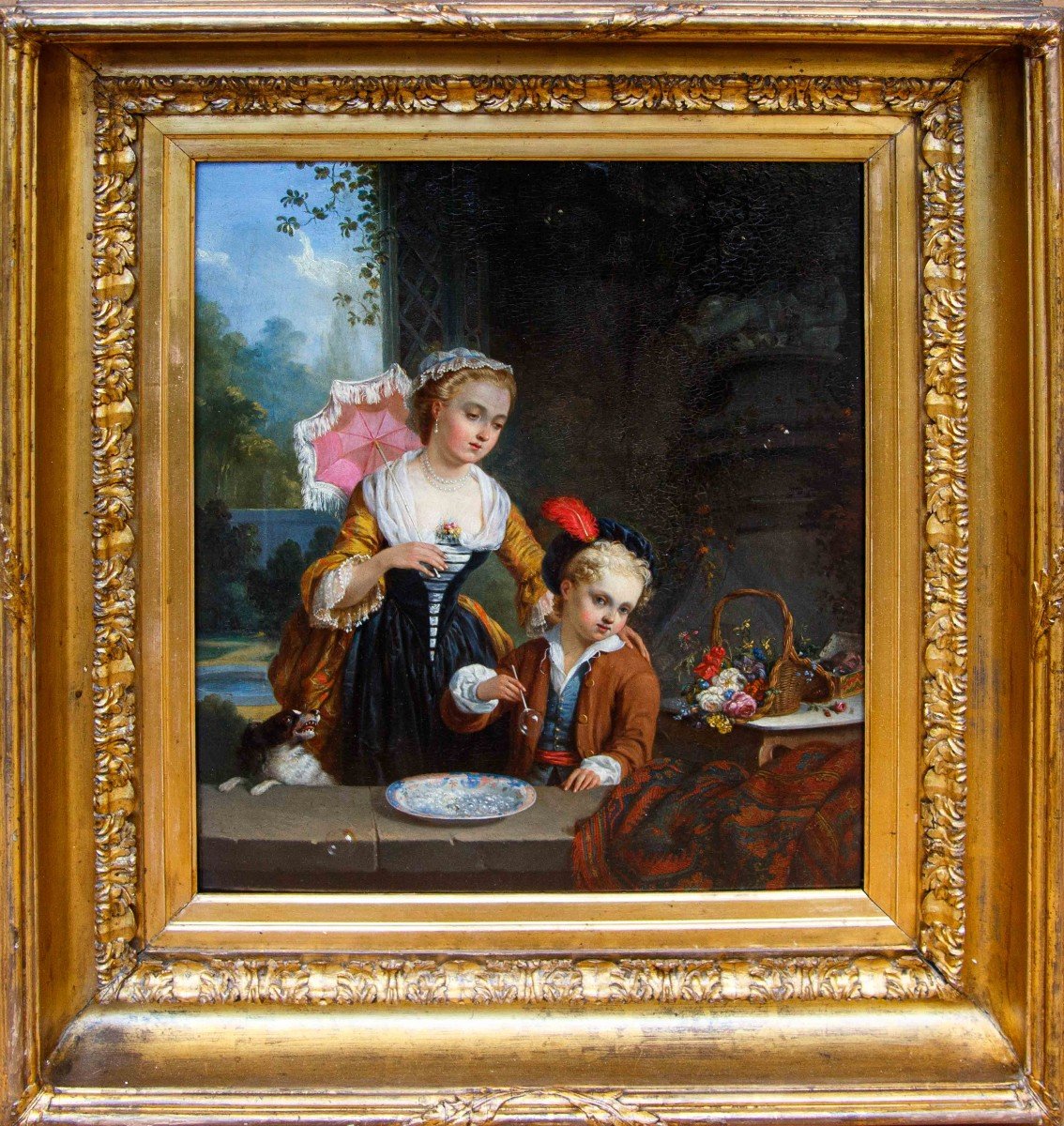

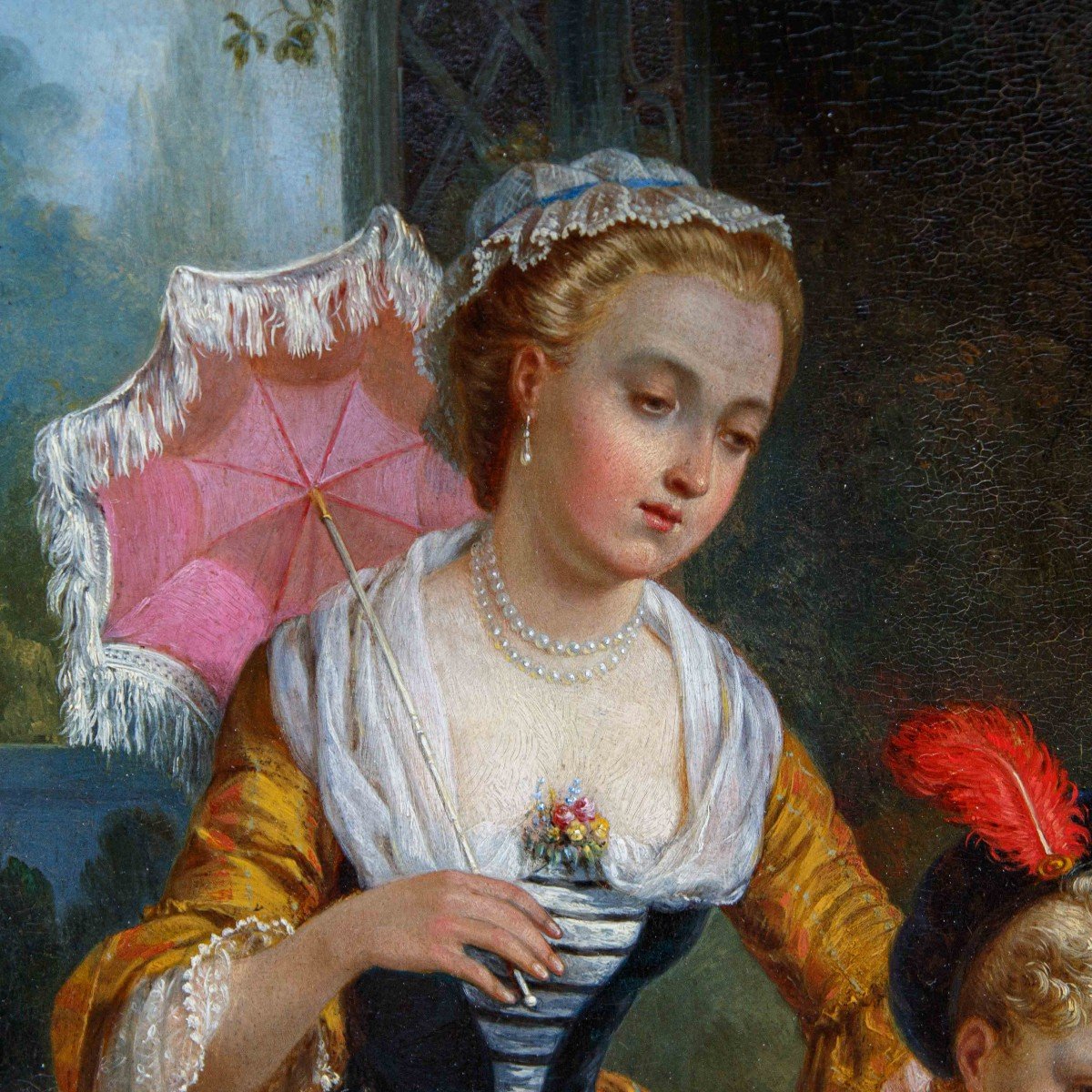

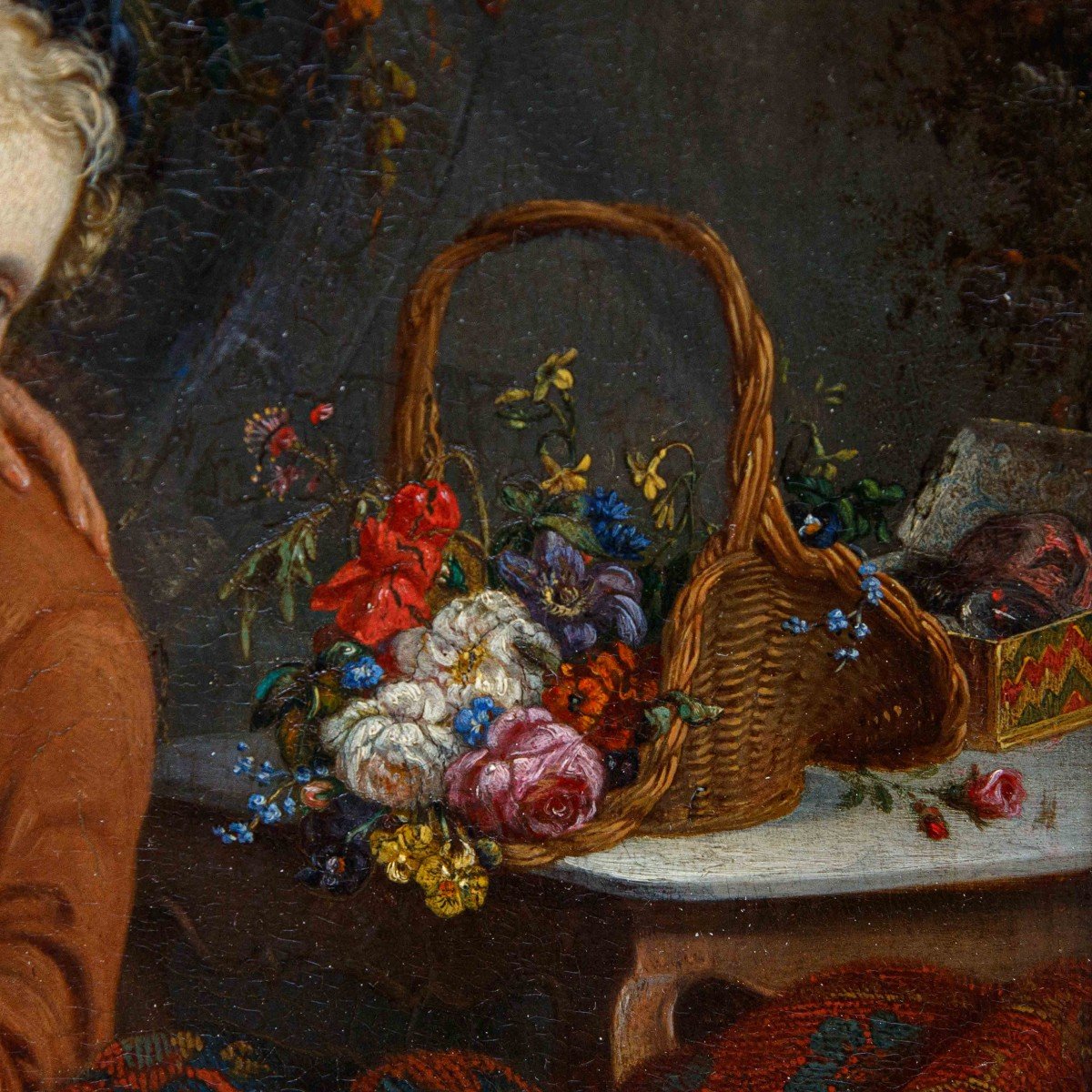
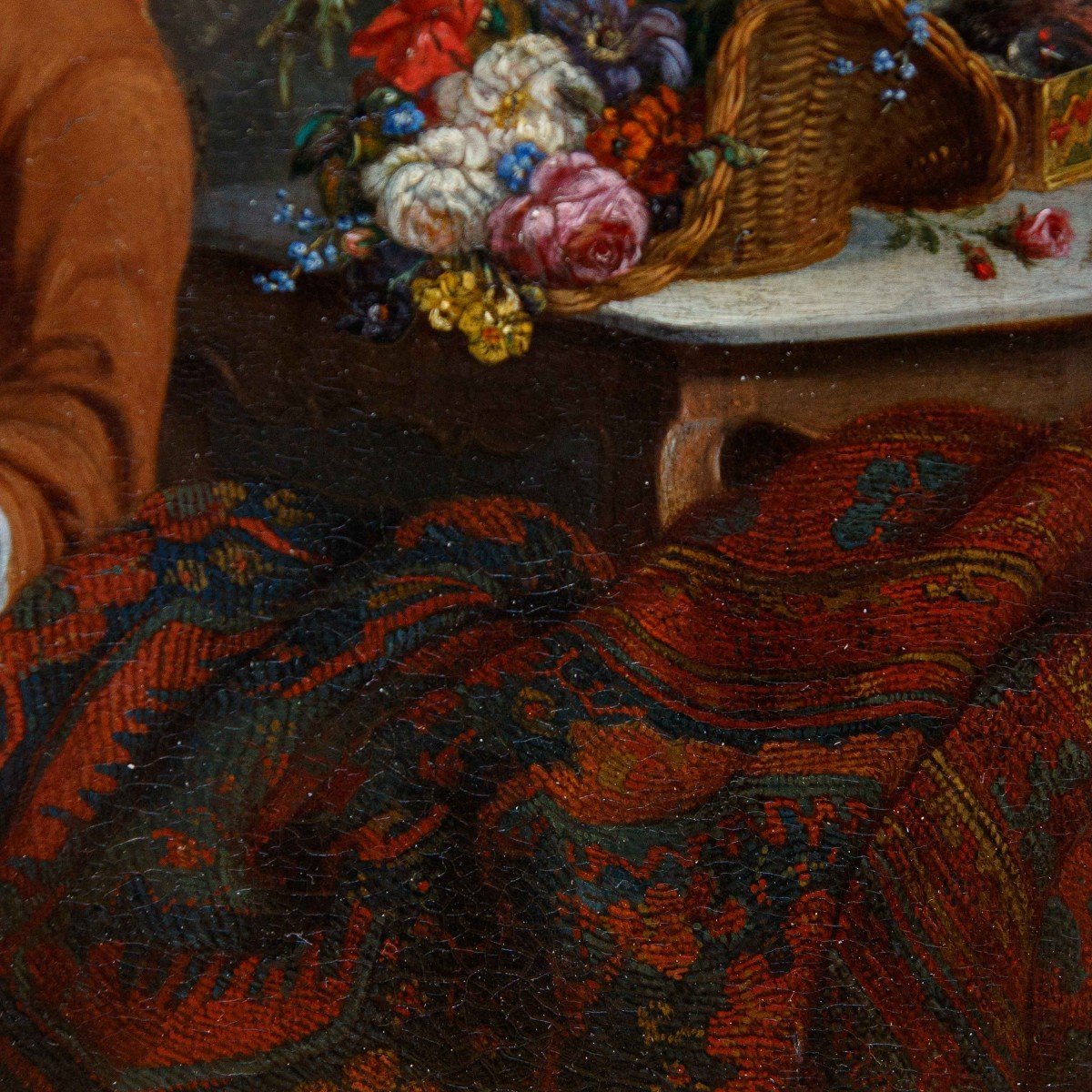
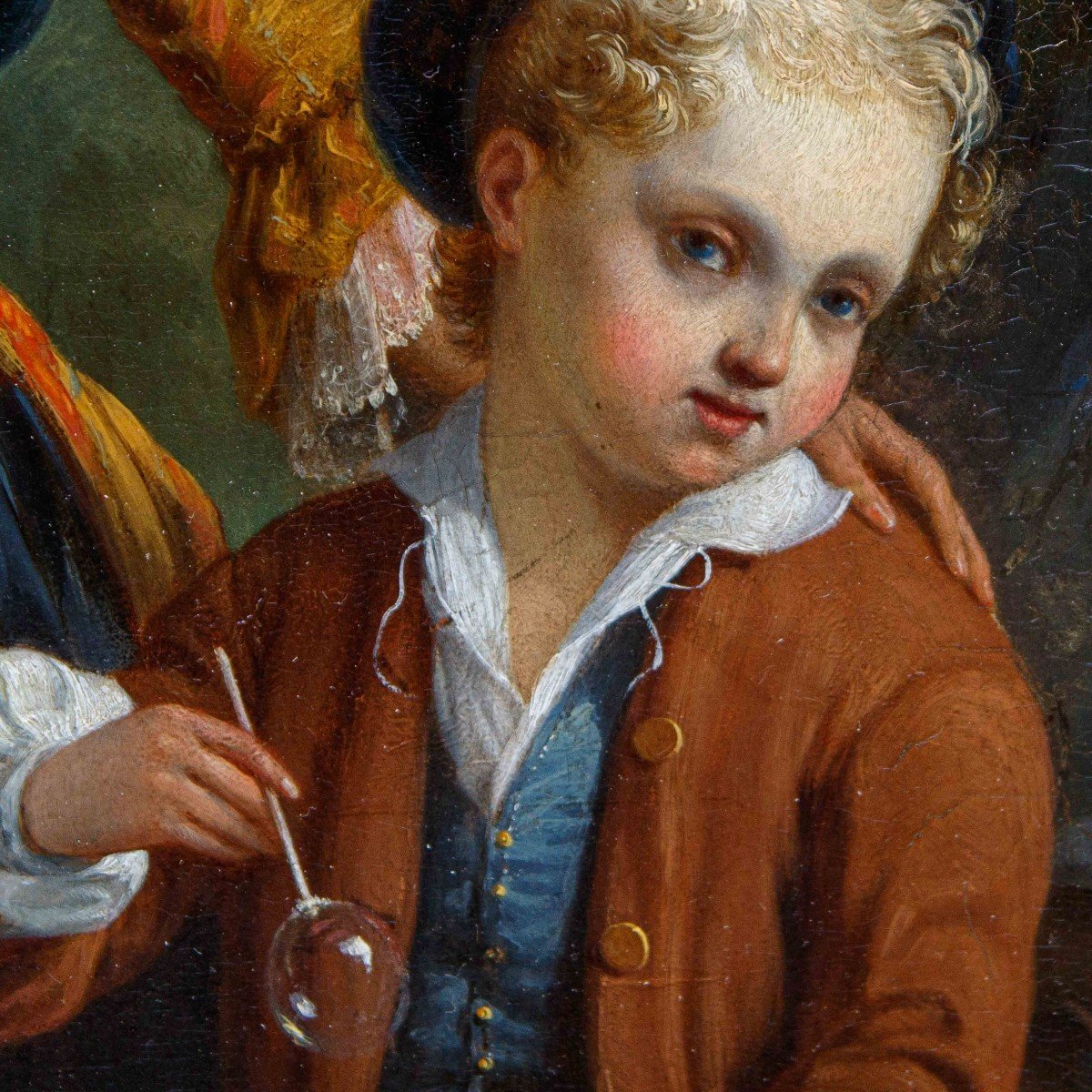
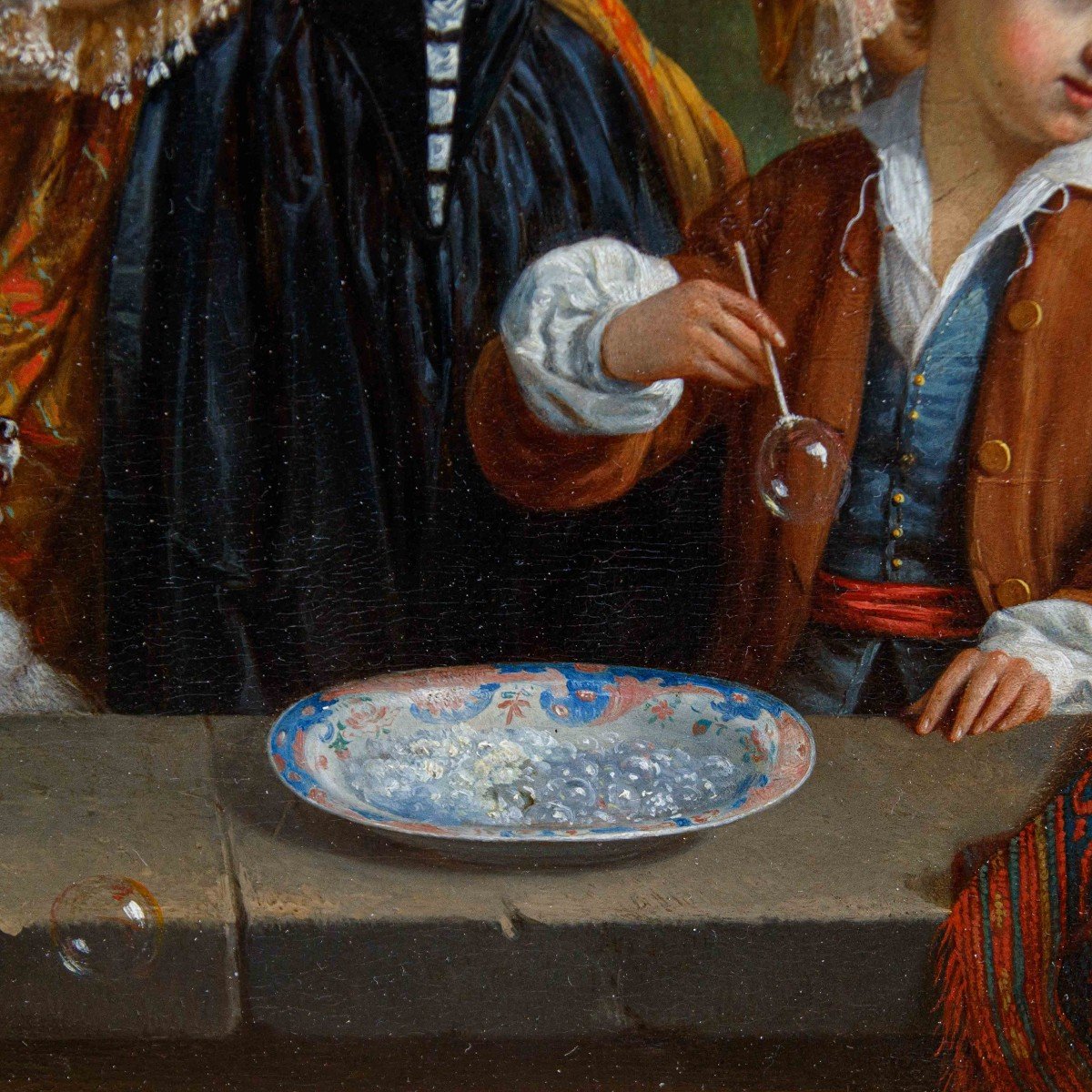















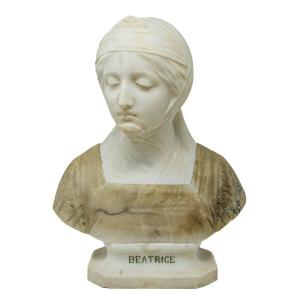


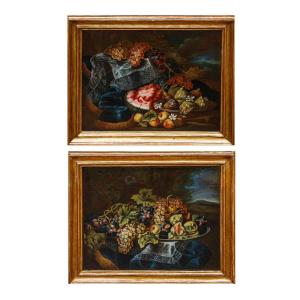
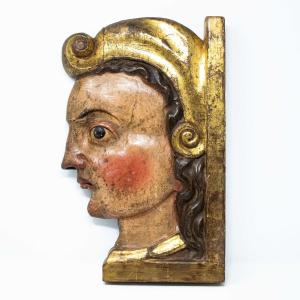




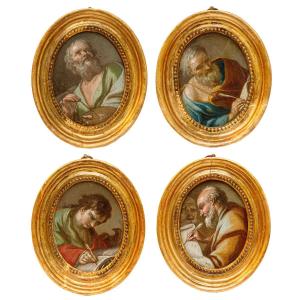

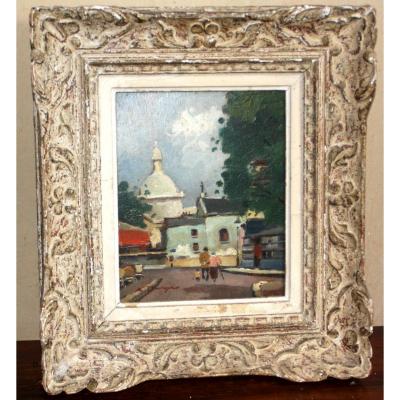
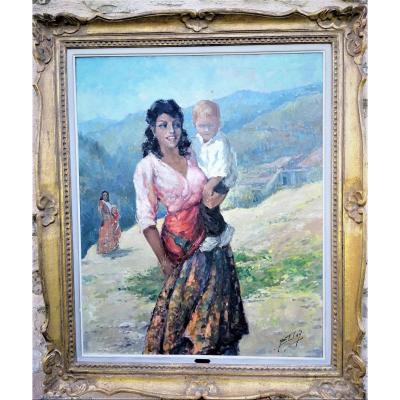
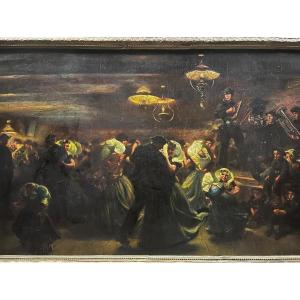
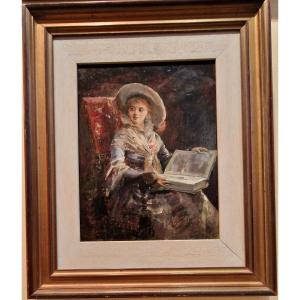




 Le Magazine de PROANTIC
Le Magazine de PROANTIC TRÉSORS Magazine
TRÉSORS Magazine Rivista Artiquariato
Rivista Artiquariato